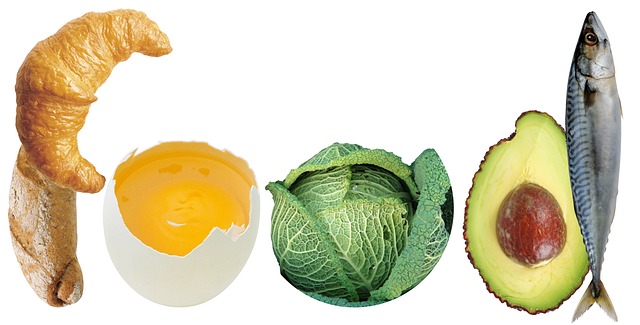Exploring the Depths of Pictorial Sensitivity Through DIY Handcraft
Have you ever stood before a painting and felt an unexplainable connection to its colors, strokes, and composition? This is the essence of pictorial sensitivity—the ability to perceive and create art that resonates with personal experiences and emotions. In this DIY guide, we will explore how you can elevate your handcraft skills in painting, allowing your artwork to communicate depth and meaning.
Understanding Pictorial Sensitivity
Pictorial sensitivity is not just about technical skill; it’s about tapping into your emotional reservoir and allowing that to inform your brushstrokes. As you embark on your creative projects, consider what stories or feelings you want to convey. This could be anything from a serene landscape that captures tranquility to an abstract piece expressing chaos and complexity.
Getting Started with DIY Painting Projects
Before diving into painting, gather inspiration. Spend time observing nature, architecture, or even the simple moments of daily life. Let these experiences stir your senses, prompting ideas that will flow onto your canvas. Here are a few DIY projects to cultivate your pictorial sensitivity:
- Nature-Inspired Collage: Collect leaves, petals, and other natural materials. Use these to create a textured backdrop for your painting, allowing nature’s intricacies to influence your color palette.
- Emotional Color Wheel: Create a color wheel that represents different emotions for you. Paint or swatch colors and assign them feelings—this will be a reference for when you want to express those emotions in your artwork.
- Daily Sketch Journal: Dedicate a small sketchbook for daily drawings or paintings, focusing on whatever resonates with you each day. This not only enhances your skills but also strengthens your ability to communicate feelings through art.
Handcraft Techniques for Enhanced Pictorial Sensitivity
Handcrafting each component of your artwork can significantly impact how your piece is received. Here are some techniques to consider:
- Layering: Experiment with layering paint to create depth. Start with a base layer, allowing it to dry before adding more colors. This technique can convey a sense of complexity in your work.
- Texturing: Utilize different tools beyond brushes—sponges, fingers, or even palette knives. Textures can elicit tactile responses and enrich the visual experience of your paintings.
- Incorporating Mixed Media: Combine various materials like fabric, paper, or recycled objects. This approach can add unexpected dimensions and narratives to your work.
Finding Your Unique Voice in Painting
As you immerse yourself in these creative projects, remember that your journey is uniquely yours. Allow your personality and experiences to shine through your art. Embrace the imperfections; they often narrate the truest stories of your artistic evolution. The more authentically you express yourself, the higher your pictorial sensitivity will soar, providing a rich experience not just for yourself but for those who engage with your artwork.
So, gather your materials, unleash your creativity, and embark on the exciting road of DIY art! It’s time to let your pictorial sensitivity illuminate your journey in handcrafting expressive paintings that resonate on a deeper level.
